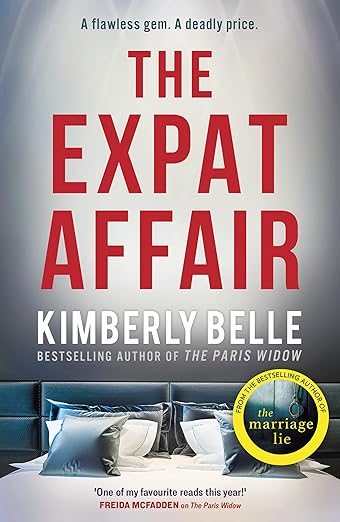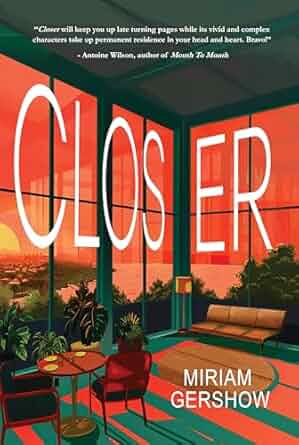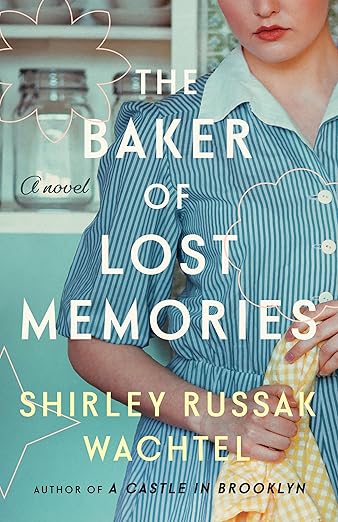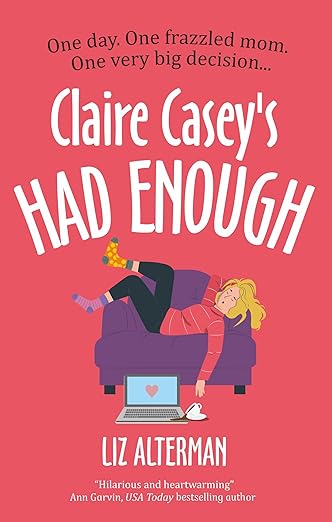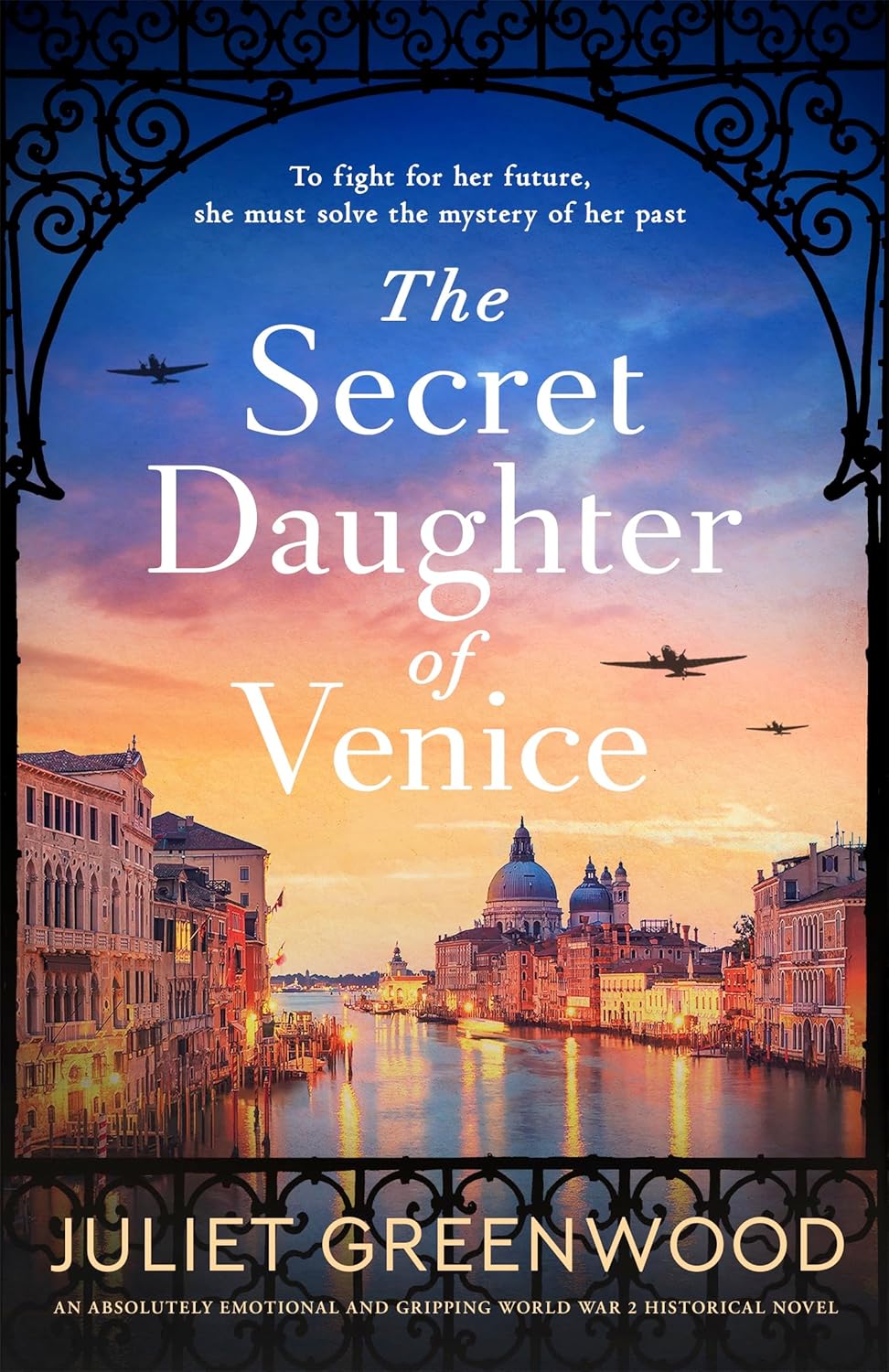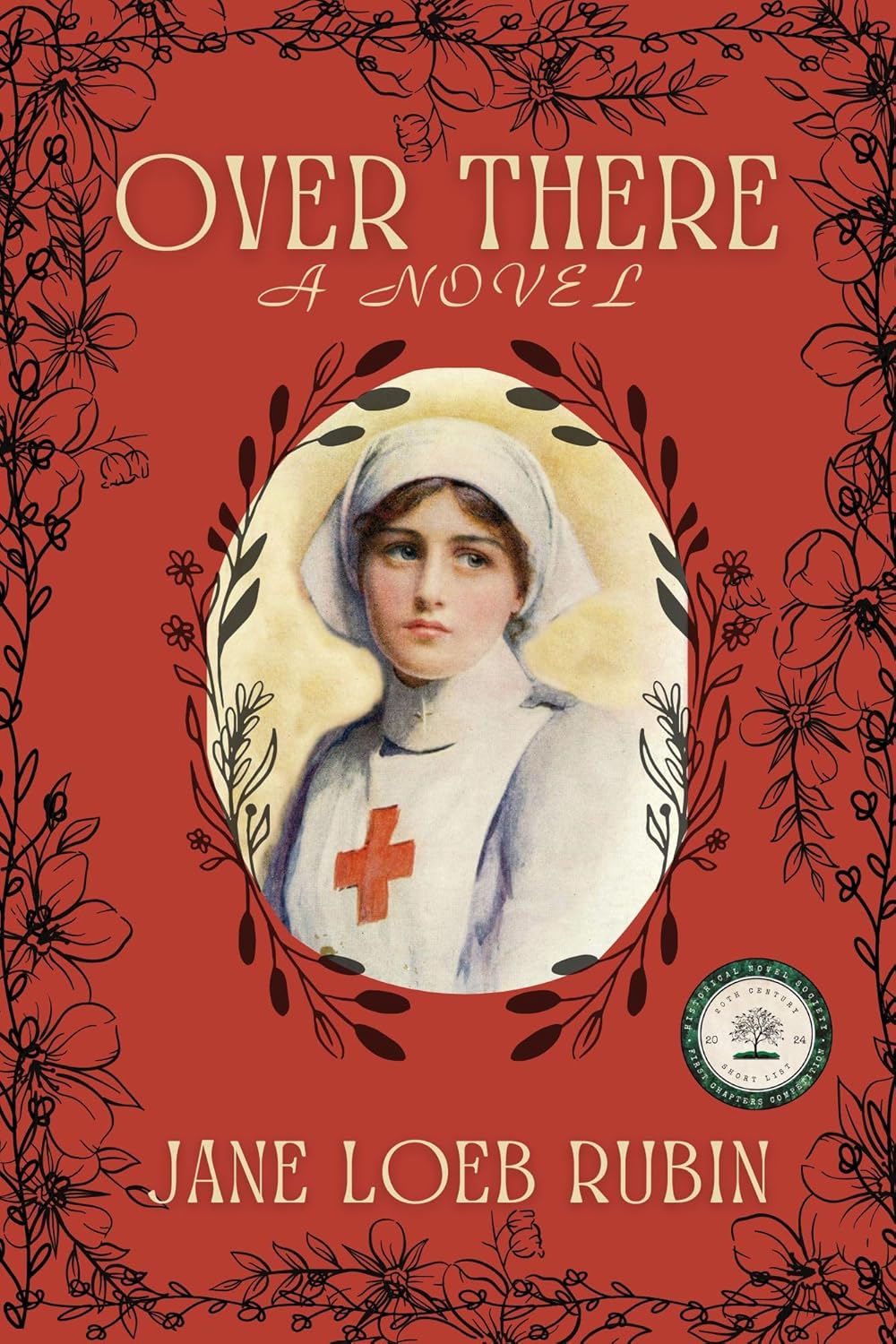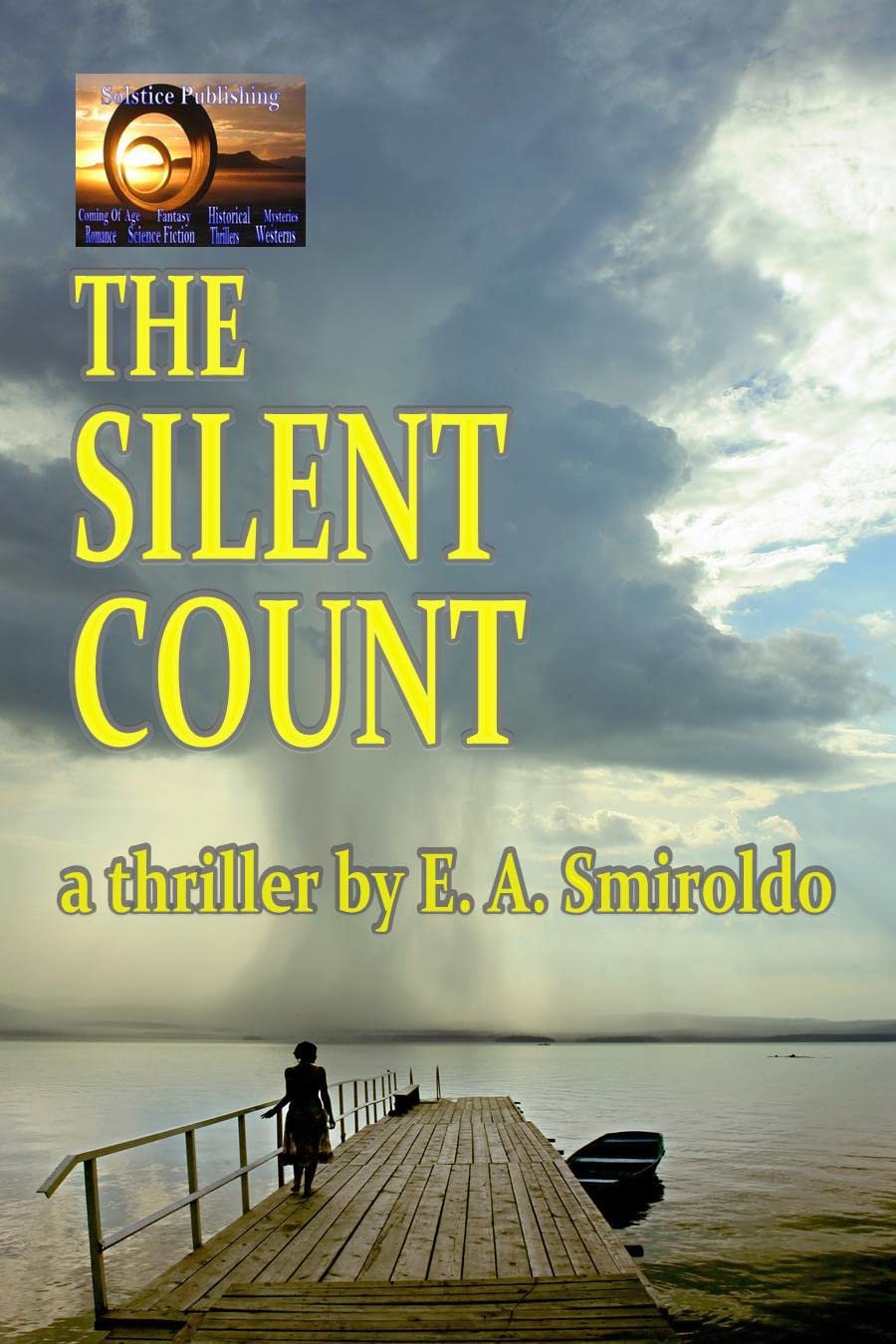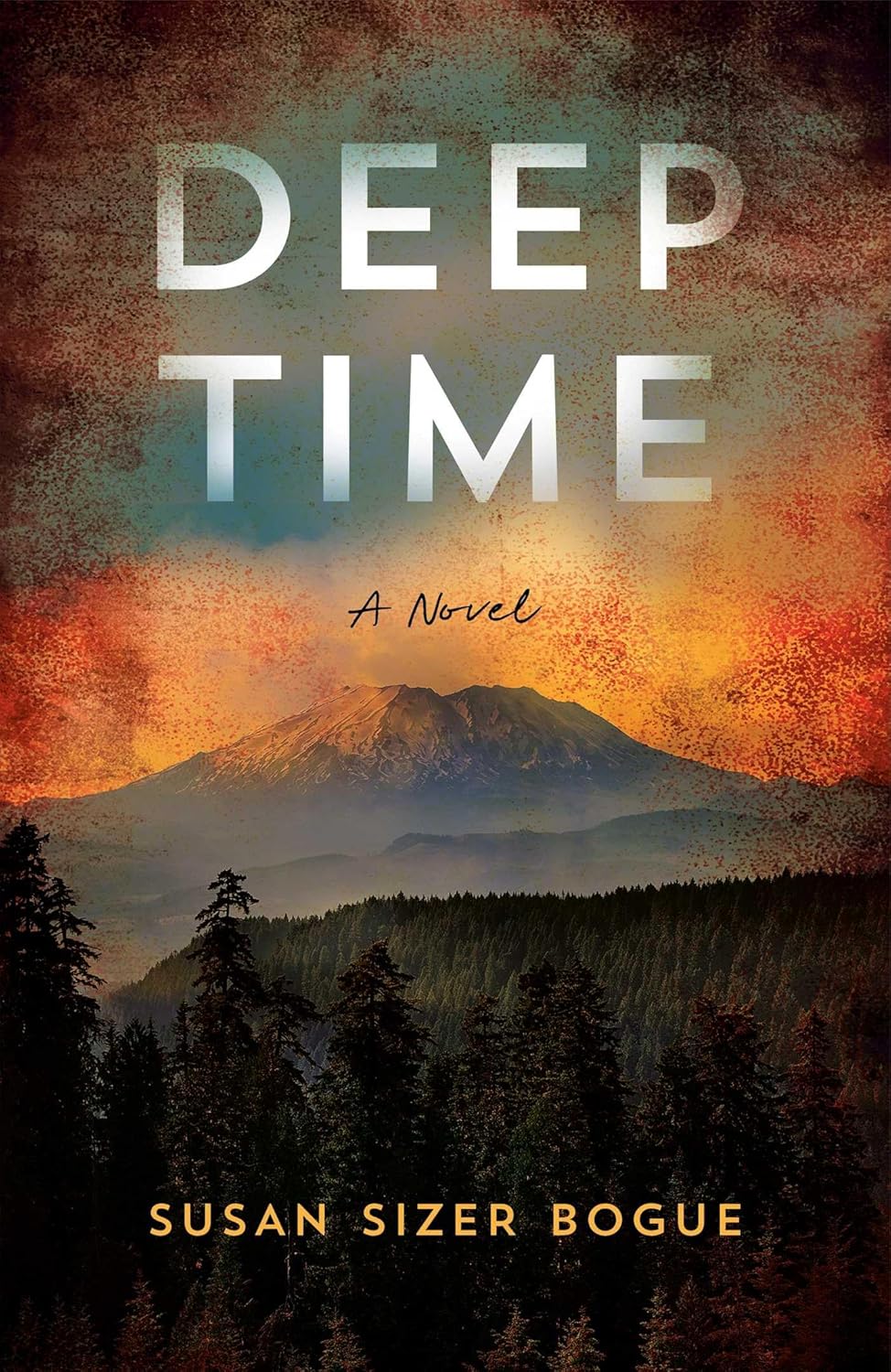How Fire Led To Writing
 In March 2017, a fire ripped through my home, burning off the roof and destroying most of the interior. Thankfully nobody was injured but I was in the house alone when the fire took hold. The feeling of helplessness, as I stood outside and watched the flames and smoke billow from my house, is something that stayed with me for a long time afterwards.
In March 2017, a fire ripped through my home, burning off the roof and destroying most of the interior. Thankfully nobody was injured but I was in the house alone when the fire took hold. The feeling of helplessness, as I stood outside and watched the flames and smoke billow from my house, is something that stayed with me for a long time afterwards.
In the months that followed it became apparent that not only had the house been damaged but I had too. My life became a daily battle with my insurance provider, and the builders that came later to return the house to a habitable state. My partner and I moved into rented accommodation and I felt that the stress I was experiencing was causing my mental health to suffer a sharp decline.
By August, I was at my wits end and realised that for the sake of my sanity I had to find some way to take my mind off the stress.
I have always loved to write and over the years have tried my hand at writing novels. Previously I had completed two manuscripts and on submitting to publishers with the first three chapters had, on both occasions, been asked to submit the full manuscript. Unfortunately, neither lead to a publishing deal.
One particularly miserable day, I took myself away from my desk at lunchtime and made my way to the nearest stationary shop where I treated myself to a new notebook. From then on, I began to scribble notes in it whenever I had a chance, and as time passed a story began to unfold.
As a history graduate, I have always had a fascination with Ireland’s ‘Big Houses’. This is the term commonly used to describe the mansions build by the Anglo-Irish classes during colonial times. Many of these houses were built during the first half of the 18th century, when the majority of Irish land was owned by members of the Protestant ascendancy class.
Successive land acts allowing Irish Catholics to buy land meant that by the 1860s, without the vast swathes of land to support it, Anglo-Irish society, and the stately mansions of its members, began to fall into decline. During Ireland’s revolutionary period from 1919 to 1923, many of the houses were burned by Irish rebels who viewed them as a representation of English rule. Those that survived were largely sold or abandoned by the mid-1920s.
In the years that followed a few families, descendants of the original owners of these houses, managed to hold onto their homes. Some were opened to the public while others were turned into high end hotels. Those that had been sold or abandoned were often used as convents and boarding schools.
Then came the 1990s and Ireland’s Celtic Tiger left the country awash with wealth. It was during this period that those houses that remained standing were regularly sold for millions of euros, as property developers bought them up and turned them into exclusive, 5-star hotels.
Such developments were usually accompanied by extensive building of additional accommodation on the grounds around the houses. Oftentimes, this was done without much consideration for the aesthetic or architectural value of the original houses.
What none of this history captures, is the beauty and mystic of these houses. A wealth of stories comes from each one. Stories of the opulent lives of the residents above stairs along with the lesser-known stories of the army of workers, paid paltry amounts that barely sustained them, who worked endlessly to facilitate the lavish lifestyles of their employers. My own Grandmother worked in such a house.
As I began to run out of pages in my new notebook, the house I was writing about became Cavendish Hall. I wrote of a young woman named Edith Cavendish who in 1922 lives within the protective demesne walls of Cavendish as the Irish Civil War rages beyond. Bored with her life she embarks on a love affair with an Irish rebel until a shocking discovery leads her to abandon everything that is familiar to her.
Eighty years late, Elenore Stack has inherited Cavendish from her parents, at the height of the Celtic Tiger. Desperate to find a way for the house to earn it’s keep, she is determined to maintain its integrity. Unbeknownst to her, her property developer boyfriend has other plans, which combined with his past shady dealings, bring Elenore’s whole world crashing down around her. Then, in a dark, forgotten corner, she finds a link to a young woman from Cavendish’s past. In an effort to escape her troubles this becomes her lifeline and leads her on an unexpected journey of discovery.
By the end of August, I was coming home after work each evening and immediately sitting down to write more and lose myself in the beautiful house I had created. I was fast falling in love with my two female leads.
Writing Home to Cavendish became the best form of escapism and the more I wrote the better I felt. Obviously, I experienced self-doubt but when the words flowed it felt amazing.
I completed the manuscript in March 2018, on the anniversary of the fire. By July, Poolbeg Press had offered me a three-book deal. It’s been quite a journey, but I can honestly say I wouldn’t change it for the world!
—
Antoinette’s debut novel Home to Cavendish is published by Poolbeg and is available in Irish book shops and on Amazon now.
About HOME TO CAVENDISH
 The Irish Civil War is raging across County Cork, and sixteen-year-old Edith Cavendish, bored within the confines of her privileged life, embarks on a forbidden love affair with local rebel Tadgh Carey. But Edith is unaware of the dark secrets surrounding her, both outside Cavendish and within its walls, in the very rooms through which she walks.
The Irish Civil War is raging across County Cork, and sixteen-year-old Edith Cavendish, bored within the confines of her privileged life, embarks on a forbidden love affair with local rebel Tadgh Carey. But Edith is unaware of the dark secrets surrounding her, both outside Cavendish and within its walls, in the very rooms through which she walks.
Eighty years have passed, and Elenore Stack has inherited her beloved childhood home, Cavendish Hall, from her recently deceased parents. Charming and magical, if in need of much loving and expensive care, Cavendish is woven into the tapestry of Elenore’s life. She must somehow find a way to ensure its survival while preserving its dignity.
Then she meets and falls in love with Donnacha O’Callaghan, a property developer, and together they begin to work on changing Cavendish into the family guest house of her dreams. He, however, unbeknownst to her, has plans that will change the house beyond recognition and wipe away her precious childhood memories.
As Donnacha’s past shady dealings surface and the prospect of losing Cavendish looms once more, Elenore’s life begins to unravel. Then a fateful discovery in a forgotten corner of the house links her to a young woman from Cavendish’s past – Edith Cavendish – and becomes her lifeline.
https://amzn.to/2GbA6WK
https://amzn.to/2Tm155F
Find out more about her on her website
www.antoinettetyrrell.ie
Follow her on Twitter @AntoinetteTyrr
Category: On Writing




